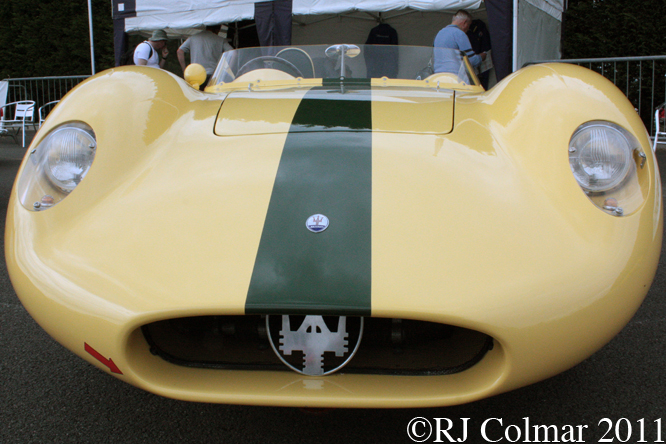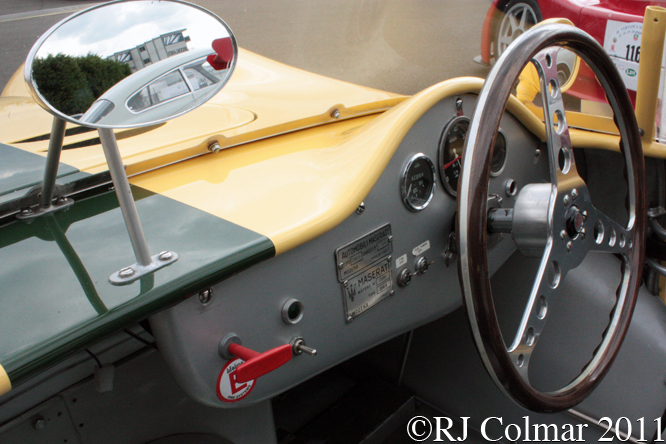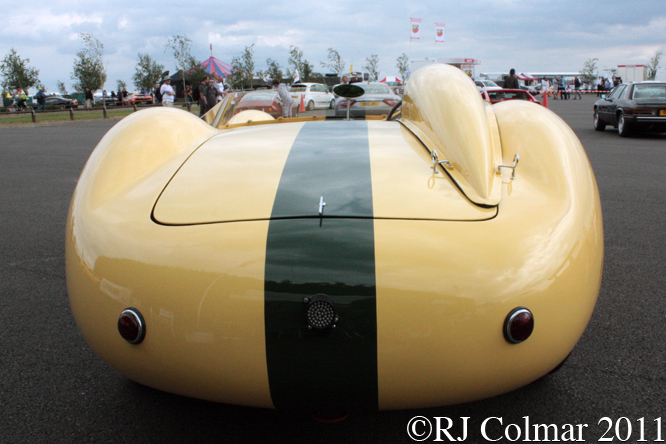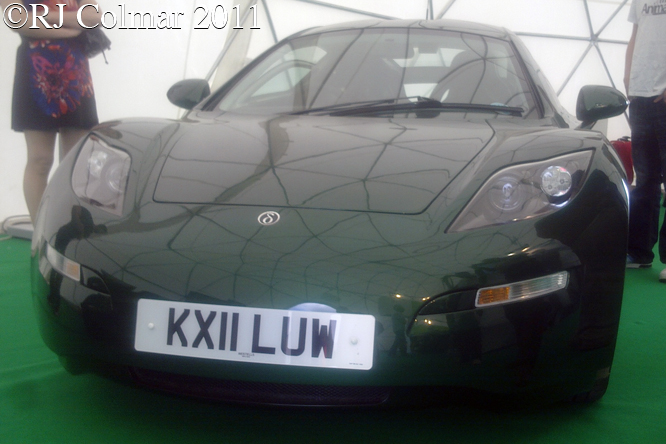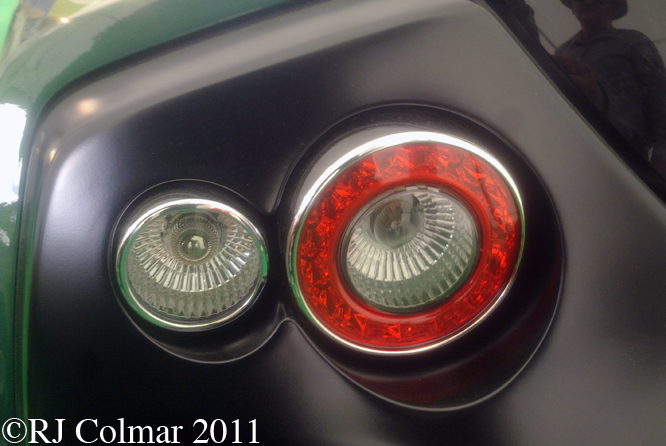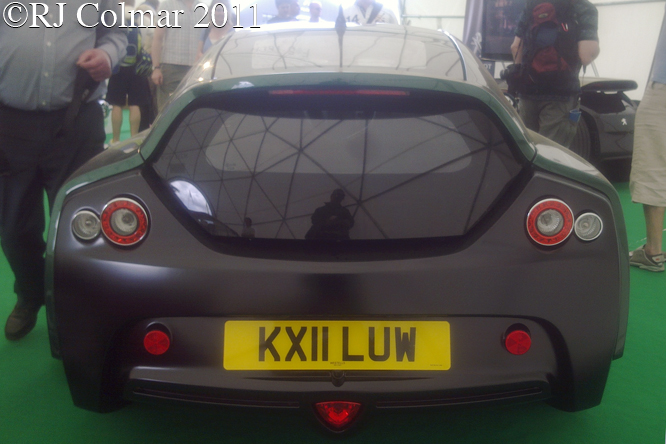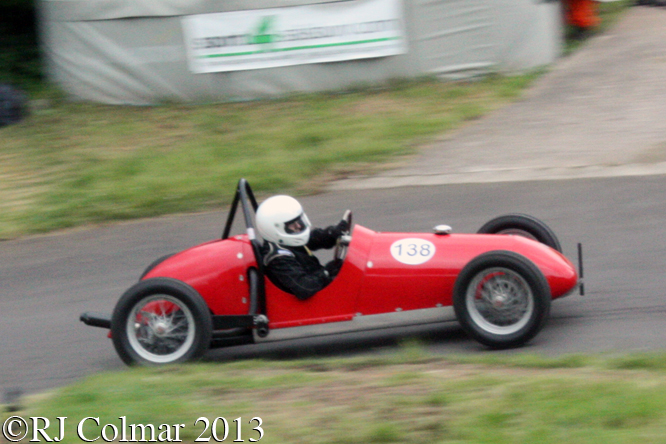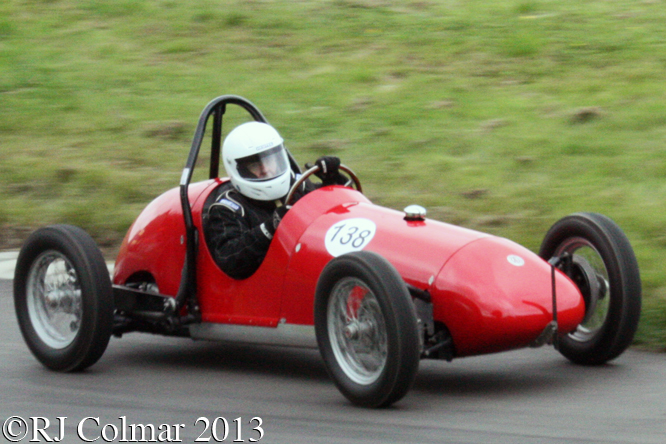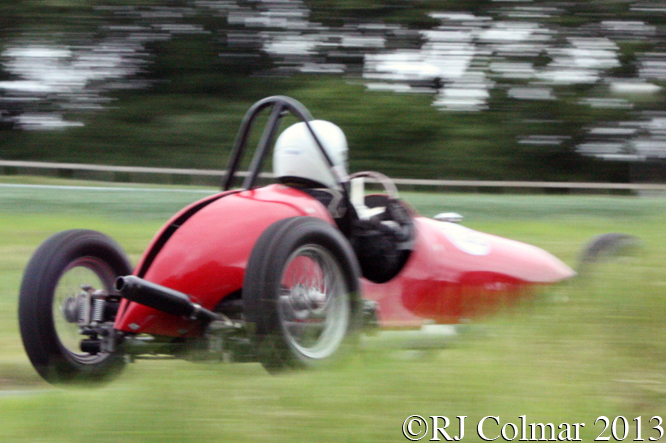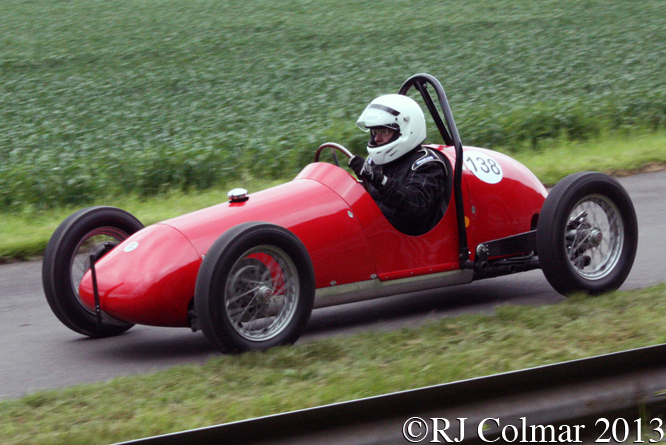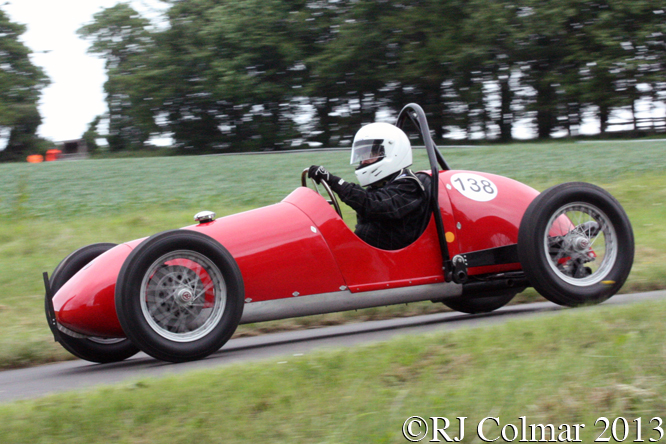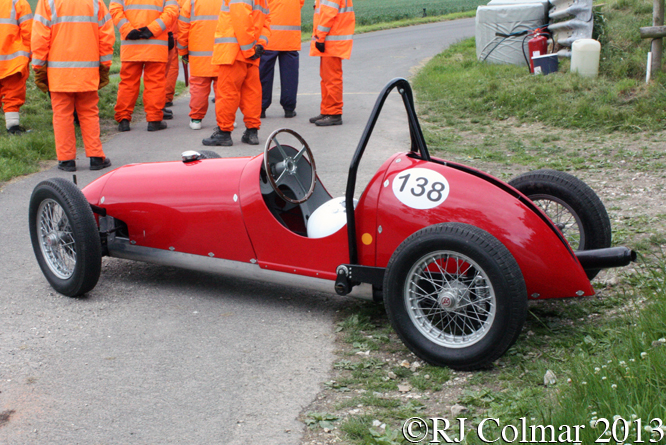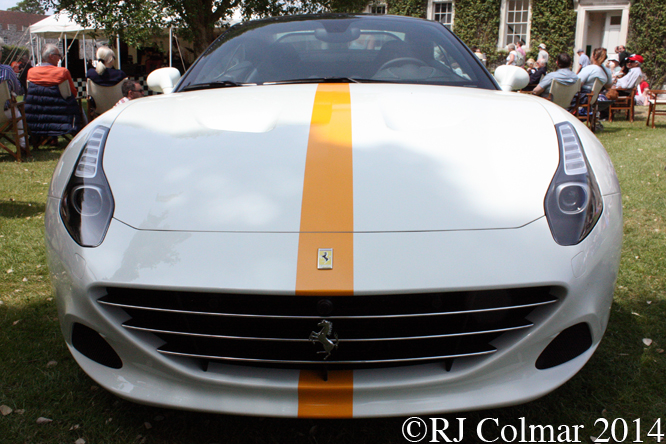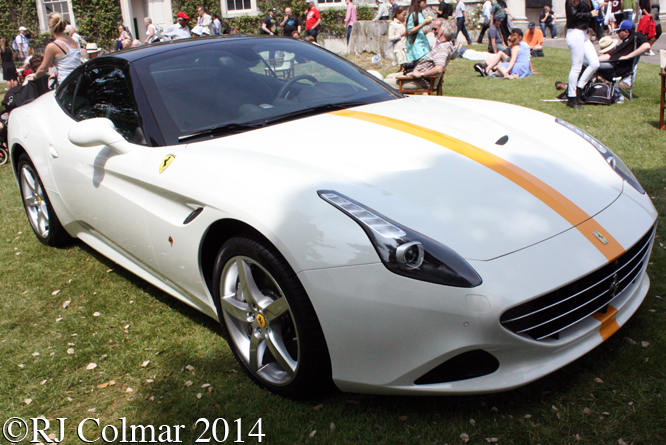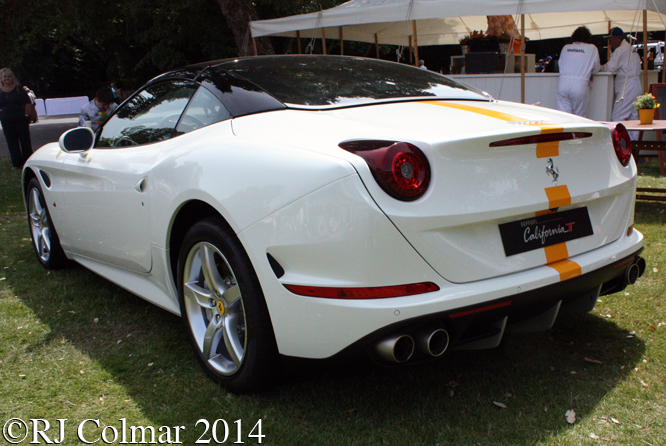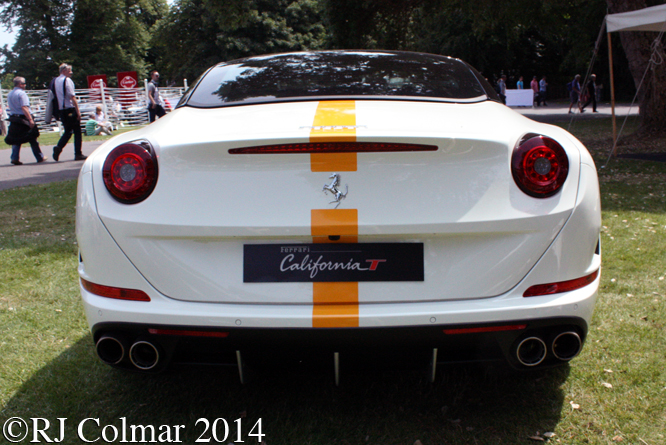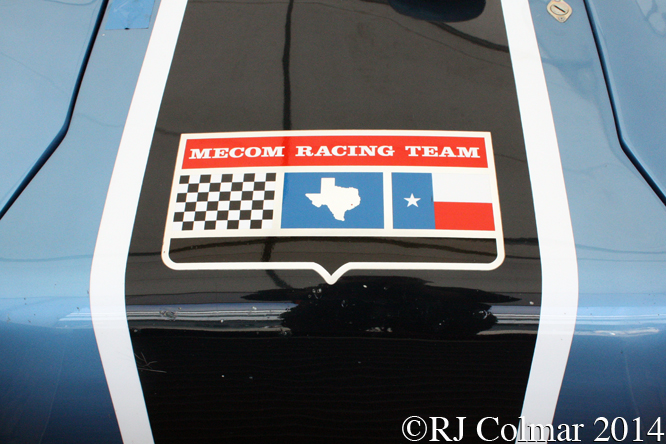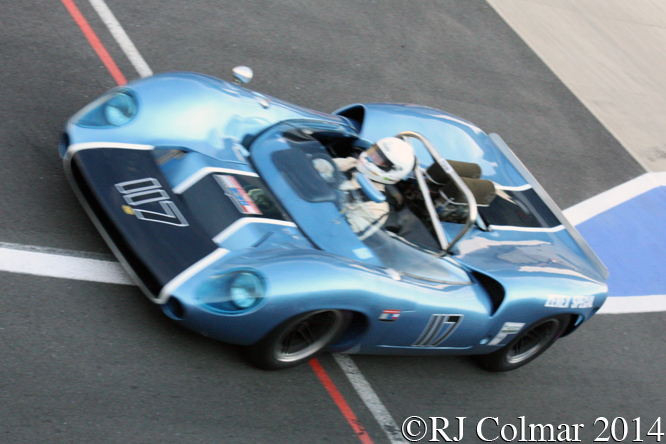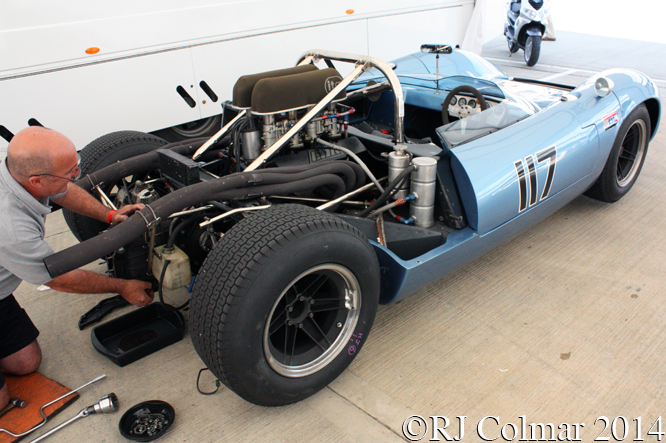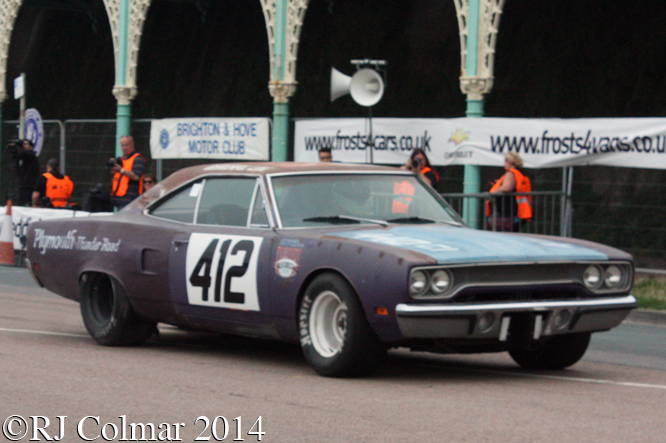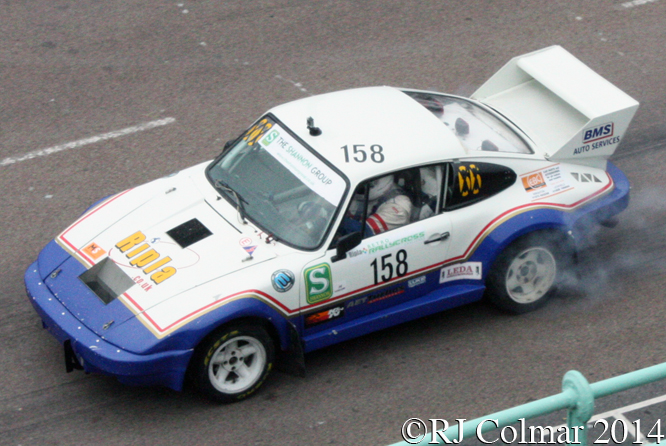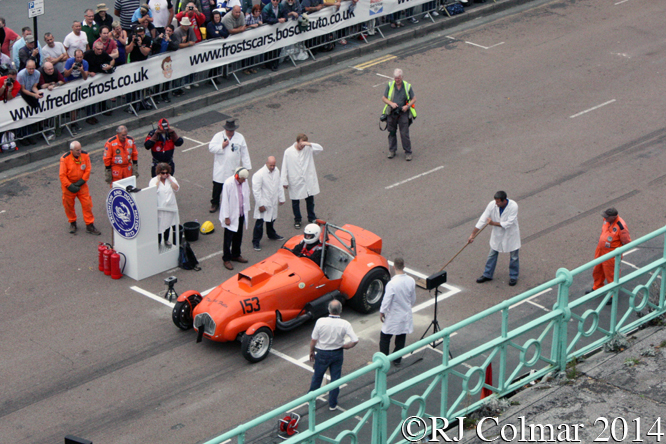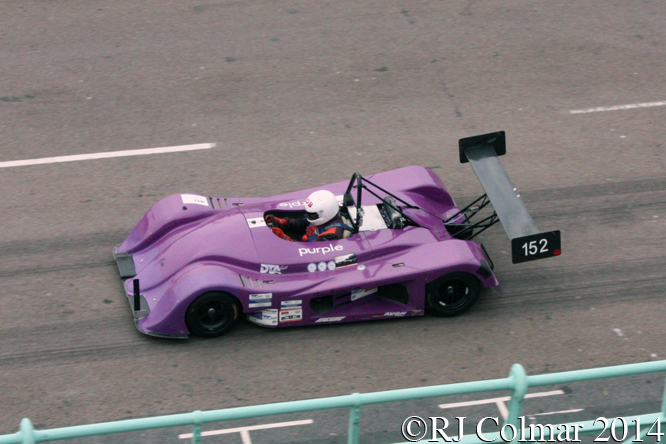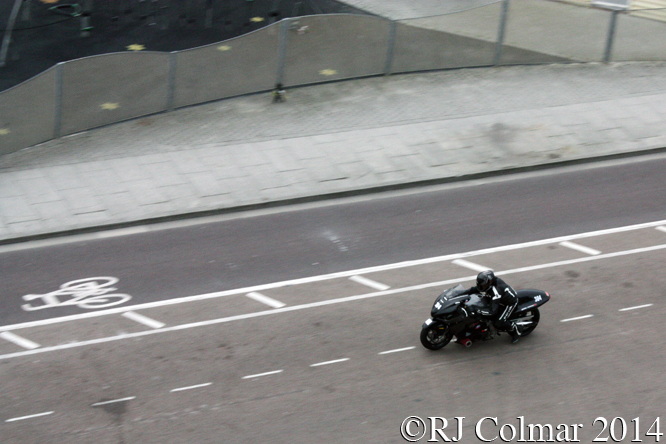Last week I looked at a Bugatti Type 32, today’s featured car is a Replica built by Bob Sutherland who became so fascinated by the type in the mid 1970’s he ended up building one.
Bob’s big break came when the Schlumpf Museum first opened it’s doors in 1978 allowing him and British restorer Peter Shaw to visit the car featured in last weeks blog to get all of the correct measurements in the absence of any period drawings.
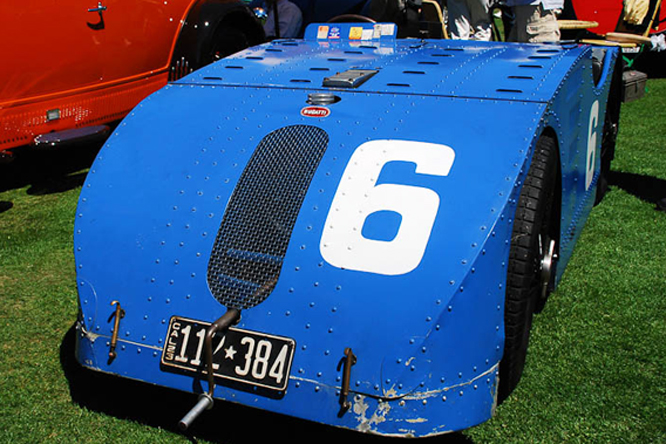
Peter then built up the chassis and body in the UK while Bob in the USA bought a complete Type 35A motor and gave it to Bob Seiffert in Colorado to modify to Type 32 spec complete with a variant of the Type 30 crank case.
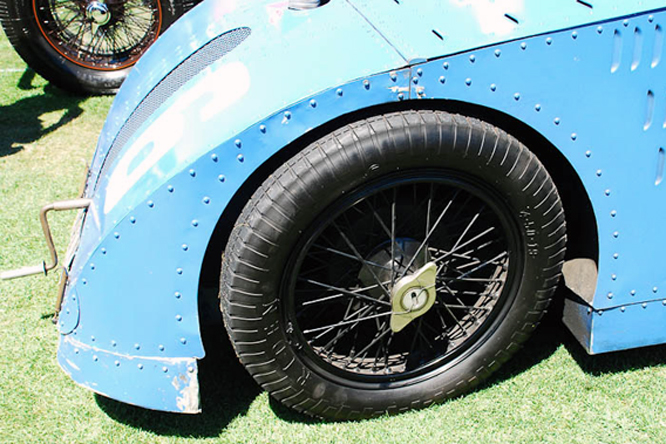
Peter built up the chassis and body in the UK while Bob in the USA bought a complete Type 35A motor and gave it to Bob Seiffert in Colorado to modify to Type 32 spec complete with a variant of the Type 30 crank case.
The late British collector Paul Foulkes-Halbard helped out by having casts made of several Type 32 parts, from his own collection, that had once belonged to Elizabeth Junek who purchased a Type 32 from Ettore Bugatti.
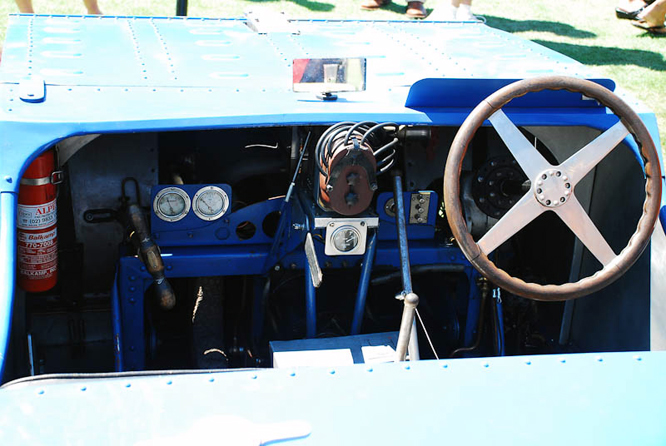
When the Replica type 32 was completed it was driven at Tours on the route of the 1923 French Grand Prix in 1981 shortly after the Centenary marking Ettore Bugatti’s birth.
More recently in 1995 this Replica was driven in a race at Lagunna Seca by Bob Sutherland against French Voisin collector Philip Moch who had built a copy of the peculiar 1923 Grand Prix Voisin that, like the Type 32, had failed to impress at Tours in 1923.
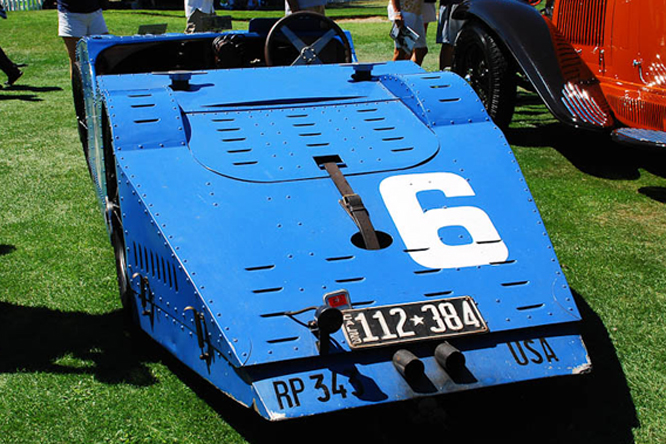
By all accounts the two replica’s stole the race despite not being front runners and to this day the race announcer does not recall which replica crossed the line first.
Bob Sutherland described driving the Type 32 thus in the US Bugatti Club magazine Pur Sang thus :- “You can well imagine that with no firewall there is intimate communication between driver and machinery. The clutch whirrs dangerously close to one’s left leg, the pipes get hot, oil splatters all over you, and there is a lot of exhaust, hot water, steam, noise and danger. The exhaust glows, gas dribbles steadily on your feet, and backfires light up the universe. All very exciting.”
My thanks to Geoffrey Horton for sharing these photographs of the Type 32 Replica taken at Hillsborough Concours d’Elegance in 2011.
Thanks for joining me on this “Intimate Communication” edition of “Gettin’ a li’l psycho on tyres” I hope you will join me again tomorrow. Don’t forget to come back now !


